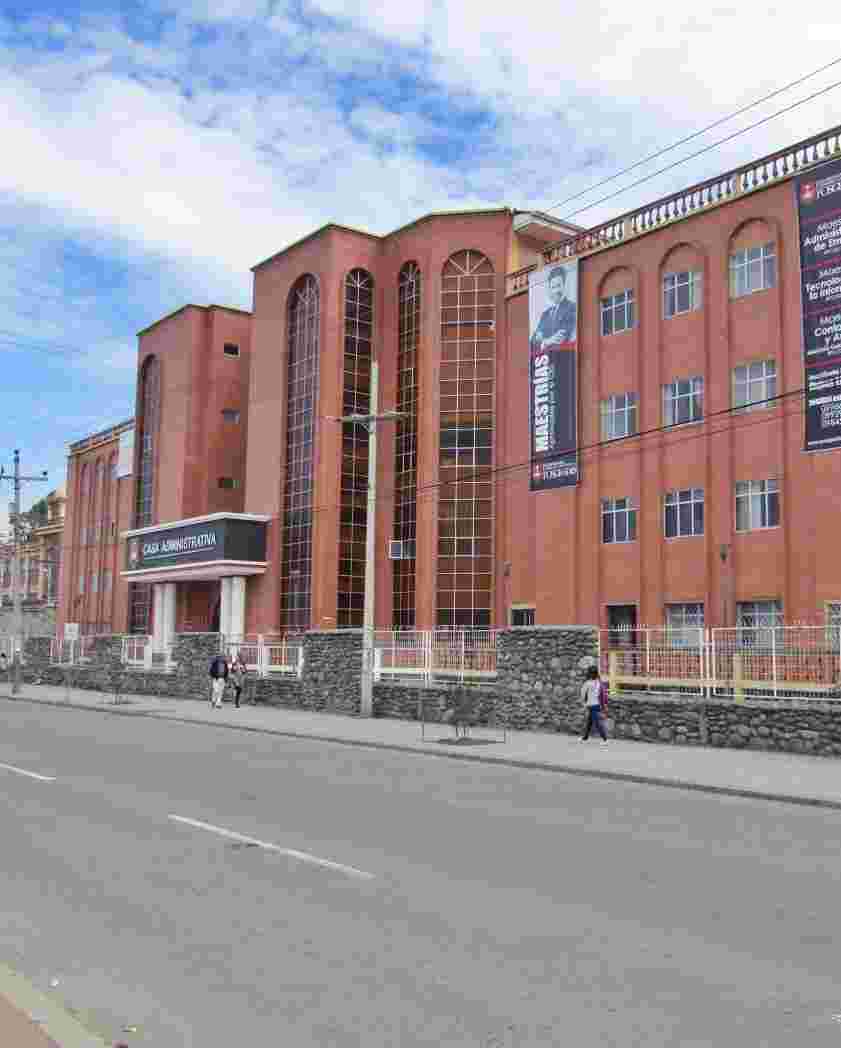Conducta autolítica relacionada al Bullying cibernético en estudiantes de la Unidad Educativa Luis Rogerio González, Azogues - Ecuador, 2024
Cargando...
Fecha
Título de la revista
ISSN de la revista
Título del volumen
Editor
Universidad Católica de Cuenca.
Resumen
Introduction: The study examines the association of academic and cyberbullying with suicide-related behaviors and feelings of hopelessness among adolescents aged 12 to 18. Objective: To analyze the relationship between self-harming behavior and cyberbullying among students at the ‘Luis Rogerio González’ Educational Institution in Azogues. Methodology: A quantitative, non-experimental, correlational, and cross-sectional design was applied to 271 students from the first to the third year of high school in the afternoon session during the 2023–2024 academic year. Results: Male students aged 15 to 17 in the second year represented the majority. Findings revealed that males (95% CI: 0.621–1.800; OR: 1.058) were more likely to be at risk of experiencing cyberbullying. At the same time, the probability of cyberbullying/harassment prevalence was the same for both males and females (X² = 0.836). On the other hand, there is no significant relationship between the prevalence of self-harm and the gender of the participant. Finally, results indicated that the possibility of experiencing cyberbullying is significantly associated with the level of academic instruction (X² = 0.001), meaning that the risk depends on the school year in which the students are enrolled. Conclusions: It is concluded that the possibility of cyberbullying prevalence is the same for males and females. Furthermore, the risk is dependent on the students’ academic year. Finally, there is a relationship between the risk of academic cyber-victimization at the ‘Luis Rogerio González’ Educational Institution and cases of self-harm.
Keywords: school bullying, cyberbullying, self-destructive behavior, health-related behaviors.
Descripción
Introducción: La asociación del acoso académico y electrónico con comportamientos afines con el suicidio y emociones de desesperanza entre adolescentes de 12 a 18 años. Objetivo: Analizar la relación entre la conducta autolítica y el bullying cibernético en estudiantes de la Unidad Educativa Luis Rogerio González de Azogues. Metodología: Diseño cuantitativo, no experimental, correccional y corte transversal dirigido a 271 estudiantes de primero a tercero de bachillerato en horario vespertino en el periodo lectivo 2023-2024. Resultados: Predominó el sexo masculino entre 15 y 17 años del segundo año. Se evidenció que en los varones (IC 95%: 0,621-1,800; OR: 1,058) hay más probabilidad de riesgo al bullying digital. En simultáneo, la probabilidad de que el bullying/acoso cibernético prevalezca en hombres y/o mujeres es la misma para ambas (X2 = 0,836). Por otro lado, no hay relación significativa entre la prevalencia de autolesión con el sexo del participante. Finalmente, se exhibió que la posibilidad de experimentar acoso cibernético está relacionada significativamente con el grado de instrucción académica (X2= 0,001), es decir, el riesgo es dependiente al año colegial que transcurra el alumnado. Conclusiones: Se discierne que la posibilidad de que el bullying cibernético prevalezca, es la misma para hombres y mujeres. Además, la probabilidad de riesgo es dependiente al año colegial que transcurra el alumnado. Finalmente, existe una relación entre el riesgo de cibervictimización académica de la Unidad Educativa Luis Rogerio González y los casos de autolesión.
Palabras clave
ACOSO ESCOLAR, CIBERACOSO, CONDUCTA AUTODESTRUCTIVA, CONDUCTAS RELACIONADAS CON LA SALUD
Citación
Lema Tenecela, E.A. Toledo Romero, P.A. (2025) Conducta autolítica relacionada al Bullying cibernético en estudiantes de la Unidad Educativa Luis Rogerio González, Azogues - Ecuador, 2024. Universidad Católica de Cuenca




